
In celebration of Spectroscopy’s 35th Anniversary, leading spectroscopists discuss important issues and challenges in analytical spectroscopy.

In celebration of Spectroscopy’s 35th Anniversary, leading spectroscopists discuss important issues and challenges in analytical spectroscopy.

In celebration of Spectroscopy’s 35th Anniversary, leading spectroscopists discuss important issues and challenges in analytical spectroscopy.

In celebration of Spectroscopy’s 35th Anniversary, leading spectroscopists discuss important issues and challenges in analytical spectroscopy.

In celebration of Spectroscopy’s 35th Anniversary, leading experts discuss important issues and challenges in analytical spectroscopy.

In celebration of Spectroscopy’s 35th Anniversary, leading experts discuss important issues and challenges in analytical spectroscopy.

In celebration of Spectroscopy’s 35th Anniversary, leading experts discuss important issues and challenges in analytical spectroscopy.
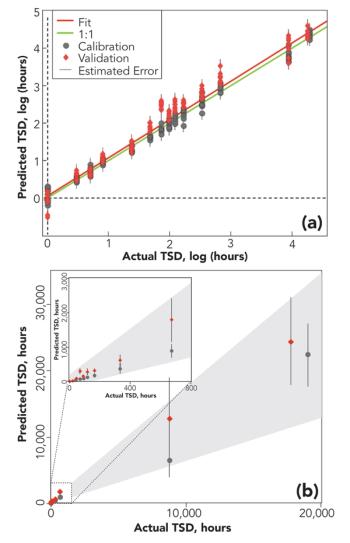
In celebration of Spectroscopy’s 35th Anniversary, leading experts discuss important issues and challenges in analytical spectroscopy.

In celebration of Spectroscopy’s 35th Anniversary, leading experts discuss important issues and challenges in analytical spectroscopy.
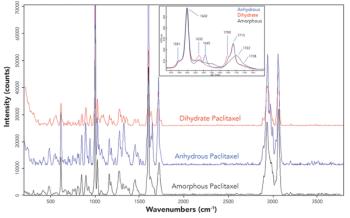
Raman spectroscopy and imaging techniques are well suited for the characterization of surfaces, interfaces, and coatings to support research, development, and manufacturing of medical devices. Here, we describe applications in surface modifications and coatings, differentiation of drug polymorphs, degradation of biomaterials, and forensic identification of unknown materials.
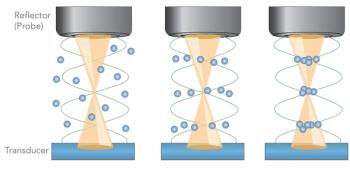
Of the 78 million tons of plastic packaging manufactured every year, approximately one-third ends up in the ocean, the air, and most foods and beverages. To monitor the proliferation of these plastics, an ultrasonic capture method is demonstrated that produces a 1500-fold enhancement of Raman signals of microplastics in water.
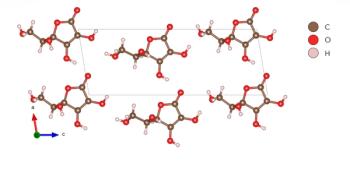
A Raman study of vitamin C, also known as ascorbic acid, is conducted at high pressure to determine phase changes and crystal symmetry through spectral interpretation.

Because of their corrosive properties, corrosive lipids are challenging to analyze by ATR-FT-IR. Repeated and prolonged analysis can damage many ATR crystals. Diamond ATR is a better choice for such applications than other ATR crystal materials like ZnSe and Ge. This application note examines a corrosive liquid as it becomes progressively more concentrated using diamond ATR.

Raman spectroscopy’s high analytical selectivity and insensitivity to water is well suited for process monitoring in biotechnology. Here we explore the fermentation of glucose, a common feedstock, with a commonly used microorganism, yeast. Applying multivariate tools, we can monitor the main reactants and products with high sensitivity: glucose, ethanol, and carbon dioxide.

The effect of annealing time on the charge carrier lifetime of three MAPI perovskite films is investigated using time-resolved photoluminescence spectroscopy.

Compressed tablet is the most common form of orally administered drug. The United States Pharmacopeia (USP) chapter <905> requires that dosage uniformity of such products containing less than 25 mg or less than 25% active pharmaceutical ingredients (API) by weight must be analyzed for content uniformity, which is based on the assay of each API in a number of individual dosage units.

The utility of the GladiATR diamond ATR, modified with an internal liquid light guide to illuminate the sample from underneath the ATR element, was explored to analyze the photo-polymerization of carbitol acrylate at 405 nm using 1 wt% TPO.
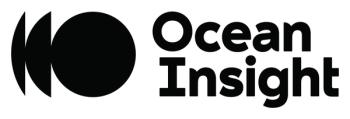
A compact, MEMS-based, single-photodetector NIR device, the NanoQuest, is used to distinguish different types of textiles.

The quality and stress field properties of gallium nitride (GaN) crystals must be investigated in order to refine production processes. 3D Confocal Raman microscopy is uniquely capable of the chemical c and visualizing strain in this material.
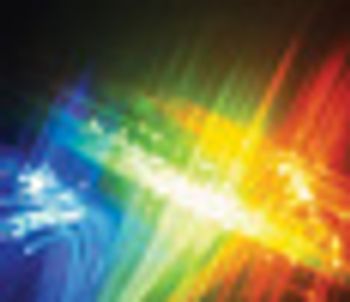
Raman measurements can be used to infer the temperature of a material based on the Stokes and anti-Stokes band signal strengths, and by applying a predefined mathematical relationship. In reality, the temperature, Raman shift, and laser excitation wavelength all interact, and should be considered to better understand these measurements.

A famous and admired professor of analytical chemistry, Gary M. Hieftje, is officially retiring. He has been a prominent faculty member at Indiana University for 50 years, and a beloved mentor, colleague, and friend to many. In this special feature, we take a look at his many contributions, and his broad impact on the field.

Ishan Barman, this year’s Emerging Leader in Molecular Spectroscopy award recipient, leads a research team combining spectroscopy, imaging, and chemometrics to seek greater understanding of the pathological changes of human cells and tissues.

High-resolution measurements of particles are of great interest in many fields of application. With ParticleScout, WITec has developed a tool that makes it possible to find, classify, and identify particles automatically.

Tribology-the study of friction, wear, and lubrication-is important in mechanical, electromechanical, and biological systems. Changes in materials due to abrasion, friction, lubrication, erosion, and corrosion result in failures of the moving components during use. These effects are usually minimized by careful surface finish design and lubrication. Recycling and refinishing surfaces can extend the lifetimes of components. By examining worn surfaces, better methods can be developed to prevent wear. This applications note uses infrared spectroscopy to study tribology changes in steel.

Several pesticides were detected at parts-per-million levels on apple skin using a unique swabbing method and surface-enhanced Raman spectroscopy (SERS).
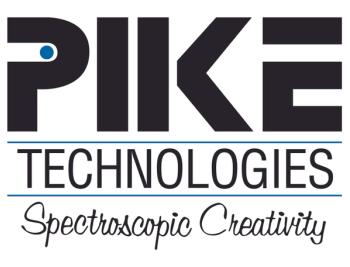
Mixtures of methanol in ethanol were investigated using an automated ATR accessory. The spectral bands of methanol and ethanol were evaluated showing the expected absorbance changes.